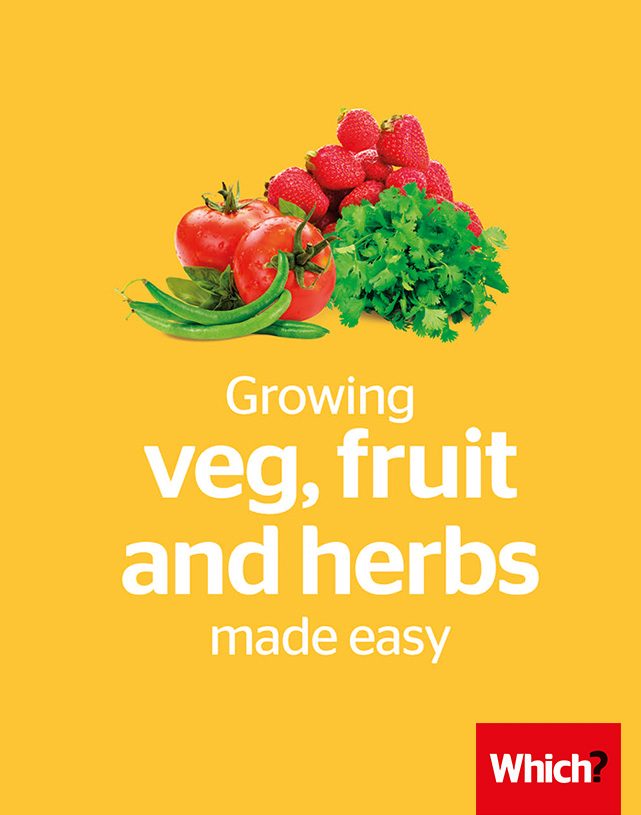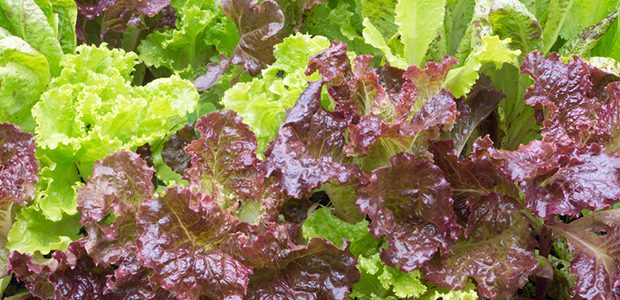User guide
Finding your way around the guide
To navigate between pages, click or tap the arrows to go forwards to the next page or backwards to the previous one. The arrows can be found either side of the page and at the bottom, too (circled in green, below).


Menu/table of contents
Click or tap on the three horizontal lines in the top-right of your screen to open the main menu/table of contents. This icon is always visible whether you're using a computer, tablet or smartphone. The menu will open on top of the page you’re on. Click on any section title to visit that section. Click the cross at any time to close the table of contents.
Text size
On a computer, you'll see three different sized letter 'A's in the top-right of your screen. On a smartphone or tablet these are visible when you open the menu (see above). If you’re having trouble reading the guide, click or tap on each of the different 'A's to change the size of the text to suit you.
Pictures
On some images you'll see a blue double-ended arrow icon. Clicking or tapping on this will expand the picture so you can see more detail. Click or tap on the blue cross to close the expanded image.
Where we think a group of images will be most useful to you, we've grouped them together in an image gallery. Simply use the blue left and right arrows to scroll through the carousel of pictures.
Links
If you see a word or phrase that's bold and dark blue, you can click or tap on it to find out more. The relevant website will open in a new tab.
Jargon
If you see a word or phrase underlined, click or tap on the word and small window will pop up with a short explanation. Close this pop-up by clicking or tapping the cross in the corner.
Help
On a computer, you'll see a question mark icon in the top-right of your screen. On a smartphone or tablet this is visible when you open the menu (see above).
Clicking or tapping on the question mark will open this user guide. It opens on top of the page you're on and you can close it any time by clicking or tapping the cross in the top-right corner.

Grow your own salad: salad leaves, beetroot and tomatoes
Lettuces and rocket can be ready in as little as a month – keep sowing them for a constant supply.
Salad leaves
Lettuces will grow pretty much anywhere as long as you water them frequently. They’re ideal for pots and window boxes. Homegrown lettuces taste great and there’s a huge range to choose from. We recommend: ‘Little Gem’ (a small cos), ‘Lettony’ (a green loose-leaved type) and ‘Mazurosso’ (a red loose-leaved variety).
Our gardening experts tested 18 varieties of the ever-popular iceberg lettuce to find the crispest, sweetest heads.

How to grow
- Lettuce seedlings are vulnerable to soil rot and pests such as slugs, snails and rabbits. Start the seeds off in small pots or seed trays. Plant into their final position when they’re 5cm tall.
- Treat the soil with a biological control, such as Nemaslug, before you plant, or apply organic slug pellets sparingly.
- Sow small numbers fortnightly from April to July so you have a succession of mature plants for eating. In high summer, lettuce seeds may not germinate if the temperature is over 20°C, so sow them in late afternoon when it’s cooler.
- Watch out for aphids. AphidsMore commonly known as greenfly or blackfly, these small insects suck sap and weaken the plant, often causing it to become distorted. The best way to keep lettuce clean without using insecticide is to cover with fine mesh, such as Enviromesh Ultra Fine, when you sow or plant out. In high summer, pick leaves as soon as they’re ready, otherwise they’ll ‘bolt’ (produce flowers) and the leaves will become tough.
It’s possible to grow delicious salad throughout the winter. Mizuna, mustard ‘Red Frills’, and pak choi ‘China Choi’ are just some of the salad leaves that grew well in our winter trials.
Rocket
Wild rocket has a peppery taste and is slow-growing, with small, frilly leaves. Cultivated (or ‘salad’) rocket is fast-growing, with larger leaves. It has a spicy flavour but is milder than wild rocket. You can pick it over a period of time, so you don’t have to worry about eating it quickly before it goes soggy in the bag.
We recommend ‘Skyrocket’ – a sweet, spicy salad rocket with soft, rounded leaves – and ‘Voyager’, a hot and spicy wild rocket.
How to grow
- It’s best to grow rocket in pots containing multi-purpose compost. In our trial, pots 25cm wide produced at least 150g of rocket.
- Sow one seed every 2cm or so, cover with a dusting of compost and keep well watered.
- Snip off the leaves when they’re 7cm long. After 4–6 weeks, you should get a second harvest.
- Watch out for flea beetle as the weather warms up from late June. Cover plants with mesh to prevent damage.
Beetroot
Beetroot is ideal for a small garden as it doesn’t take up much space, and is perfect for growing in containers and pots. You can use both the leaves and the actual vegetable. Young beetroot leaves can be used in salads and the older leaves can be cooked like spinach. You can harvest beetroot when it’s golf-ball-sized or leave it in the ground until you need it.
We recommend ‘Boltardy’, ‘Pablo’ and ‘Kestrel’ varieties. Or there’s the old Italian variety ‘Chioggia’, with pink and white internal rings.
How to grow
- Sow beetroot as early as February under cloches and outside in March in mild areas, but it’s best to wait until April in most parts of the country. You can carry on sowing up until July.
- Sow the large, corky seeds (actually clumps of 4–6 seeds) 5cm apart, in rows 30cm apart. Cover with soil and water well. But don’t overwater beetroot or it will produce more leaves than roots.
- Several seedlings will emerge from each ‘seed’, but don’t worry about thinning them out as they’ll grow and push apart.
- The roots grow partly above the soil, so it’s easy to see when they have reached baby beet (golf ball) size.
Tomatoes
Tomatoes are easy to grow from seed but, unless you want lots of the same variety, it’s even easier to buy young plants from the garden centre in early June.
How to grow
- If growing them from seed, start tomatoes off at a temperature of 20ºC in a heated propagator or a well-lit place indoors during March or April. Sow several tomato seeds in a 7cm pot.
- When the seedlings are large enough, tease them apart. Pot them into individual 7cm pots. Keep them somewhere reasonably warm (about 15ºC). As the roots start to fill the pots, move them into bigger ones.
- Plant them outside in early June straight into the soil, in growbags or in 10L pots in a sheltered spot outdoors.
- Water plants regularly by giving the soil a thorough soaking once or twice a week in dry spells. Apply a liquid tomato fertiliser every week or so for the developing fruits.
Training and care
As cordon plants grow, pinch out any shoots that appear where the leaves join the main shoot. Pinch out the growing tip in late July to stop it growing upwards and to encourage the fruits that have already formed to ripen.
The easiest option is to go for ‘bush’ varieties, which don’t need training. A dwarf bush variety is best. 'Cordon' CordonTaking out side-shoots so that a plant produces only one stem. This helps direct the plant’s energy into producing bigger flowers and fruits. varieties keep growing through the summer and are best limited to one shoot tied to a support.
Space plants 45cm apart and provide each with a stout stake at least 1.5m tall. Spiral plant supports are an easier alternative that support the plant without any tying. Or you can erect a frame (like a short runner-bean frame).
Varieties
‘Red Alert’ is a dwarf bush that gives an early crop. For cherry tomatoes, ‘Gardener’s Delight’ is an old favourite – train it as a cordon. For larger fruits, try ‘Matina’ or ‘Sacher’.
We tested 18 varieties of cherry tomatoes to find out which produced the best yields. Our expert taste testers checked them all for taste, texture and aroma, so we can recommend those that are easiest to grow and produce the best flavour. Which? members can log in to see our Best Buy recommendations.
Avoid blight
Tomatoes, like potatoes, are susceptible to blight, which can rot the tomatoes as they grow on the plant. If blight is a problem in your area, go for an early bush variety such as ‘Red Alert’, or try ‘Losetto’. Keep the foliage dry at all times (growing plants in a greenhouse will help with this) and give the plants plenty of space to help reduce humidity among the foliage.
A mini greenhouse is great for growing plants at home if you don't have space for a full-sized greenhouse. You can choose one you can stand up in, or one that fits under a window.

